Beginners guide for travel adventure and safari
Top tips to plan and prepare for adventures, travel and safaris
What does travel, adventure and safari have in common? They all are mostly out of the ordinary activities from work or routine. Although not essential qualities, all of these can be unusual and exciting or daring.
Some types of travel and adventure may demand substantial effort from you or require specific skills. One thing is certain, any journey or adventure can magnify your cognizance.
What is the difference between a journey and an adventure? A journey can be an adventure and an adventure can equally be a journey, whether physically, spiritually or subconsciously.
All of these could take you out of your comfort zone but this does not mean you have to be unprepared. It should be a prerequisite to do some research and planning. Spontaneity can be an adventure in itself but more likely when you are prepared you can have the freedom to do something on the spur of the moment.
Scuba diving in the Seychelles
Each generation and individual defines adventure and travel differently. Some will think walking in the woods or camping is a huge adventure, others will feel they need to climb Mount Everest or jump over a cliff to paraglide. The type of adventure or its duration is not critical, but the preparation is. By planning ahead, being organized or having an idea what to expect, you can make the most of your adventure, journey or activity.
Bungee jumping at Victoria Falls
“An adventurous life does not necessarily mean climbing mountains, swimming with sharks, or jumping off cliffs. It means risking yourself by leaving a little piece of you behind in all those you meet along the way.”
Guidelines to plan your trip or adventure
Leave the guesswork behind and prepare with these smart planning tips below.
It is not possible to be well equipped for every situation, although you can always give it a good try, like we have done. To us, the ease with which we have embarked on our travels and adventures boiled down to having basic plans or strategies, lists and equipment. Our mindset was also to be flexible and not rigid in our expectations.
Flying in a two-seater plane
Going on an adventure or being a traveller requires a few things from you. One that I feel strongly about is that you should respect the environment, your destination and the people around you. You should also take your companions including yourself into consideration.
Rule Number One: Take care of yourself, especially if other people are reliant on you. It might sound selfish, but if you are out of action you cannot help them and you will have to rely on their assistance.
Quad bike adventures in the Sinai desert
Below you will find more top tips to assist you with your explorations and pursuits.
1. Be informed about your destination or activity.
Read up about your destination or adventure. This includes the terrain and the climate, the culture, the currency and the language.
Hiking in the Drakensberg Mountains
2. Prepare and organize all your travel documents.
There is nothing worse than searching for passports or tickets when standing in a queue with frustrated people behind you. Have your travel documents and visas ready and easily accessible.
Other documents that you may require are import and export documents for vehicles and other goods if on a road trip and crossing borders.
Don’t forget your credit or travel cards, cash including some foreign currency.
Keep all the above secure in a safe place, whether in a file, a pouch, a document or money belt or a bag.
Water taxi in the Maldives
Missing out on Roaming Fox Adventures? Subscribe to be notified of the next adventure.
3. What is the purpose of your visit or activity?
Where do you want to go? Which places interest you? Which activities tickle your fancy? How much time do you have at your disposal. These all play a part in planning for your trip or quest.
Do you want to laze around and drink coffee on a street café while you watch the world go by or are you looking for an adrenalin rush? Are you wanting to go on tours or try your hand at ziplining? Is the nature of the adventure one that appeals to you? Your travel companion might want to be super active while you might be far happier relaxing at a spa. I am all for going out of my comfort zone and trust me, I have done that, but don’t underestimate your activity.
Ziplining in Magoebaskloof
4. Budgeting for travels and adventures.
Have you budgeted and put money aside for your travel or adventure goals? It is essential in my opinion. That is what makes us thrive, but maybe that is just us. Do you have the time to save? Choose carefully though and do things within your budget. Don’t live in debt that you will regret later.
Sailing around Madagascar
5. Solo travel, couples travel or go with friends?
Solo travel can be great fun and exhilarating and worth it if you feel it is something to pursue. Many wouldn’t have it any other way. Others enjoy having a partner to share the experience. Sometimes it is even necessary to travel in convoy if you are on a road trip. It is often essential in off the beaten track destinations. Traveling in a group is worthwhile if you feel an activity or destination will be daunting without some support structure. It is always helpful to have someone available to assist you if you are in danger. If all else fails and they cannot assist you, at least they can send for help.
Assisting travel companions at a water crossing in Moremi, Okavango Delta, Botswana
6. Pack sensibly.
Travel light but take the essentials. Do you need sunscreen or bug spray? Will the climate call for warm jackets or shorts and a t-shirt?
It is essential to have a container filled with drinking water. It is vital to stay hydrated no matter where you are or what you do. In certain places it is easy to refill the container or buy water but we have been in many situations where we needed to supply our own H2O.
Hiking in the heat of the Sinai Desert, Egypt
Be prepared for all weather conditions. Climates differ and there often is a misconception about a place. Sunny South Africa isn’t always sunny. In certain areas the temperature can differ vastly between night and day.
Helicopter flight in the Drakensberg
7. Be in good health and be relatively fit.
One need not be able to run a marathon but it helps to be able to walk short distances. Even if you are walking the streets of London rather than climbing Mount Kilimanjaro, you still don’t want to be puffing and panting with every step that you take. Let your fitness level suit your activity.
Carrying scuba gear to the boat
8. Don’t forget your medication and First Aid.
I always have a bag filled with a small first aid kit, ranging from plasters to medication for allergies or tummy ailments. I am sure it goes without saying that you should remember to pack your personal daily or chronic medication and malaria prophylaxis if necessary. Visit your doctor or travel clinic if you are not sure what to take. In some instances vaccinations may be required if traveling to certain countries.
9. Travel and medical insurance.
Travel and medical insurance is vital whether you are a tourist or an adventurer. Being stuck in another country or landing up in hospital is not desirable but it does happen. There is also a difference between the two types of insurances. Travel insurance usually covers lost or stolen bags, sometimes flight delays and needing to find accommodation at that time, and a few other factors. It can include small medical emergencies, depending on your provider. Medical insurance is for the more costly expenses incurred if you need treatment, hospitalization or an operation while traveling.
Damage to the jockey wheel
10. Use the right type of luggage or backpacks.
Find the right luggage for your trip, whether it is a hard outer shell suitcase, a soft fabric bag with wheels, a trolley case or a backpack. Huge suitcases or bags can be cumbersome and heavy. We made that mistake on our first visit to Europe. Don’t choose a massive suitcase or bag then fill it to capacity. It will be unmanageable for you or for your assistant.
Hot tip: Take into consideration the weight of your luggage without anything inside, especially for flights. You don’t want to use up half your baggage allowance with the weight of your suitcase.
Choose backpacks carefully especially if you are going to have them on your shoulders for a long time. Be sure they are comfortable, light enough and the right size.
A daypack is useful to place a few items in while sightseeing.
11. Pack suitable clothes for adventures and travels.
Shoes. Whether you are hiking or walking, have comfortable and durable shoes or boots. Wear your shoes and boots in before you go – this applies to hiking shoes, walking shoes or your fancy high heels if you’re a lady. In my opinion there is nothing worse than uncomfortable shoes or blisters on your feet. It’ll spoil the next part of your journey or adventure. And don’t buy shoes that are too tight – runners will know – you will end up with black and sensitive toenails. The nail can even separate from the nailbed.
Clothes. Pack comfortable clothing that is easy to care for while you are on the road or at your destination. If you are active it also makes sense to wear something that restricts your movements or is uncomfortable.
Outdoors. If you will be spending some time outdoors it is useful to have a hat or peak to protect your head, face and neck from the sun. Equally, if it is cold a beany or beret will keep your head warm.
As in #6 pack sensibly. Packing cubes, organizers or bags are useful and convenient. Have something to put your dirty, dusty, muddy or sweaty clothes in to keep them apart from your clean clothes. It is also a great idea to keep your shoes separate from your clothes.
Comfortable shoes for walking and closed shoes for ziplining - nothing in your pockets that can fall out
12. Adrenalin junky? Stay safe.
If you are an adrenalin junky and love doing exciting activities such as scuba diving, ziplining or bungee jumping use reputable companies and do your research. It is your own safety that is at stake. One always has to sign an indemnity form, so make sure you understand the rules.
Activities for adrenalin junkies
13. Road trips require planning too.
Plan your route for road trips especially if you are going off the beaten track. Don’t underestimate distances to travel. Can you get fuel? Don’t presume it is always available. Traveling on sandy roads or rough terrain may use more fuel than anticipated.
10 hours of driving on sand roads between Nossob and Mabuasehube, Kgalagadi - only a short 200 km
Is your vehicle in a suitable condition and ready for a road trip? Are your tyres inflated sufficiently and is your tread within the limits? Check the water and oil levels. Even check the water level in your windscreen washer bottle. A windscreen quickly gets caked in insects or dust and mud.
Check the electrics in your vehicle. Is your battery secure and well connected? Are your headlights, taillights and indicator lights working properly? Going on corrugated sand roads? Make sure your wheel nuts are tight. You might want to check a few other nuts and bolts too.
If you are towing a caravan or trailer check that is in good running order too.
4x4 tail adventure up the mountain
14. Off road 4x4 adventures require extra planning.
A great deal more planning goes into off-road four-wheel drive adventures and that is a whole topic on its own. Here are some quick tips. Plan to have travel buddies as in at least two vehicles and have a set of recovery gear between the two parties.
Stuck in the sand and needing to be towed out in Mozambique
Pack spares and tools for those emergencies. We’ve had a few ‘bush mechanic’ moments. If you are traveling in convoy, two-way radios are a great idea. Just check about the rules applicable to the country you drive in.
Take extra fuel and water with you if you are going to remote places.
A helpless Isuzu rescued by a Toyota
15. Driving in other countries.
Be aware of the driving rules and regulations of other countries. Adhere to them. Driving on the opposite side of the road to what you are used to can be daunting and desires more concentration from the driver. It is useful when the passenger is observant too.
Most of our driving has been in South Africa and Africa. This can be quite interesting in itself. Between dodging potholes and avoiding overloaded vehicles as well as cattle and pedestrians on the side of the road (and often in the road), one has to stay alert. The same can be said for other third world countries. Expect the unexpected and don’t take chances.
Okavango Delta water crossing adventures
16. Safari safety and planning
Safaris are one of the most fun activities that can be done by the entire family. They can also hold certain dangers if you are not careful. I have a comprehensive blog on safety while on safari so do take a look.
Getting close to elephants
Plan your safari trips to get the most out of them. Do not try to rush and see as much as possible, however tempting it may be. If you try and cover too much ground you could miss out on a few good sightings and wildlife moments.
Big cat of Africa
Warm clothes are essential for the winter months. There is often a big difference between the night and daytime temperatures. If you are on a guided safari with an open vehicle it can be particularly cold at dawn or dusk.
Pack suitable clothing for the bush where it can be dusty, muddy, hot or freezing.
Be sure to have a camera, binoculars, some water and a few snacks available if you are going to spend some time looking at wildlife.
Hot tip: About those windscreens that get dirty? We learnt a great tip from friends: Always have a bottle of window cleaner spray and a cloth available. When you have to take photos through glass, as is often the case when you are right next to a predator, the last thing you want is a muddy smear in the way of your pic, even if it is only a memory shot.
As a general rule of thumb, the best time of day to see wild animals is early morning or late afternoon/early evening. Not that you won’t see wildlife in the middle of the day, it might be a little more difficult if they are lying down in long grass. Wintertime is often a better time to have sightings of wildlife as well as the bush is more sparse.
Elephant in the Kruger National Park
Torches or headlamps are useful in camps at night as there is often very little to no light between buildings or tents.
I could ramble on and on but I am sure you get the gist of this article. Common sense often prevails.
Bungee jumping
Part of a venture or activity is enjoying the moment. Preparation is the key. Travel, adventures and safaris can remain safe while you are responsible and well equipped with knowledge or with the right research and gear.
Everyone OK?
Ready for your adventure or journey now? Your Turn! Do you have any tips to share with our avid travel, adventure and safari community? I’d love to hear them in your comments below.
All of the photos above are from our adventures and travels. The only thing we did not do was bungee jumping, due to health related issues. It was great fun to watch though.
Related blog Posts
Essential packing list for adventurous road trips
Essential items to pack for a road trip
Some of our adventures
Travel turns you into a storyteller
Should you go on a canal boat cruise?
Scenic South African Road Trip
Find me on Social Media:
On Pinterest? Pin to refer to later!
Step by step instructions on how to leave a comment on my blog:
Type in your comment in the comment box.
Click ‘Post Comment’
Briefly a message should appear saying you are not logged in, then a box with ‘Post a Comment’ will appear for you to complete with your name, email address and website URL (if you have one).
Fill in your first name and email address in the appropriate section. (Your email will not be made public and will not be used for any other purpose than for you to get a notification of a reply to your comment.)
Click ‘Comment as Guest’ and you’re good to go!
To subscribe to my blogs, please fill out the SUBSCRIBE form.
Thank you.
I know it is quite a process, but it helps keep our websites secure. Your email address will not be shared or displayed.




















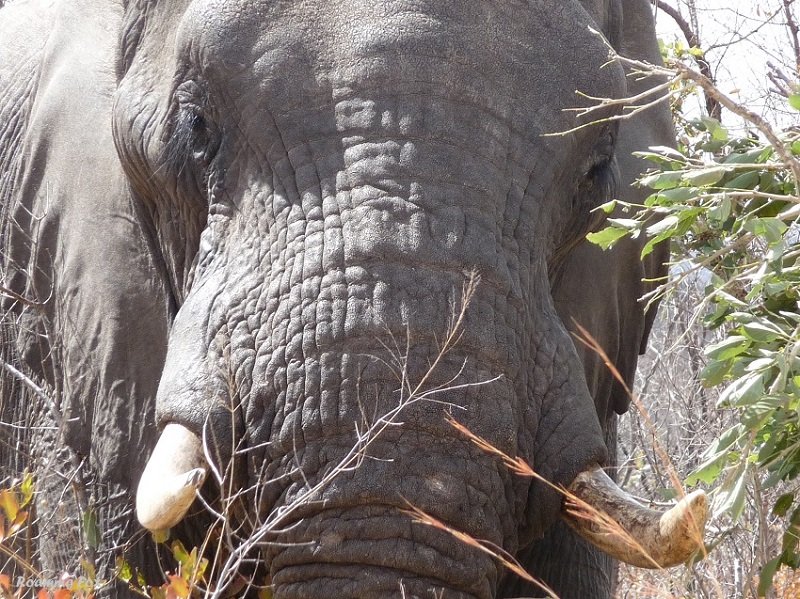












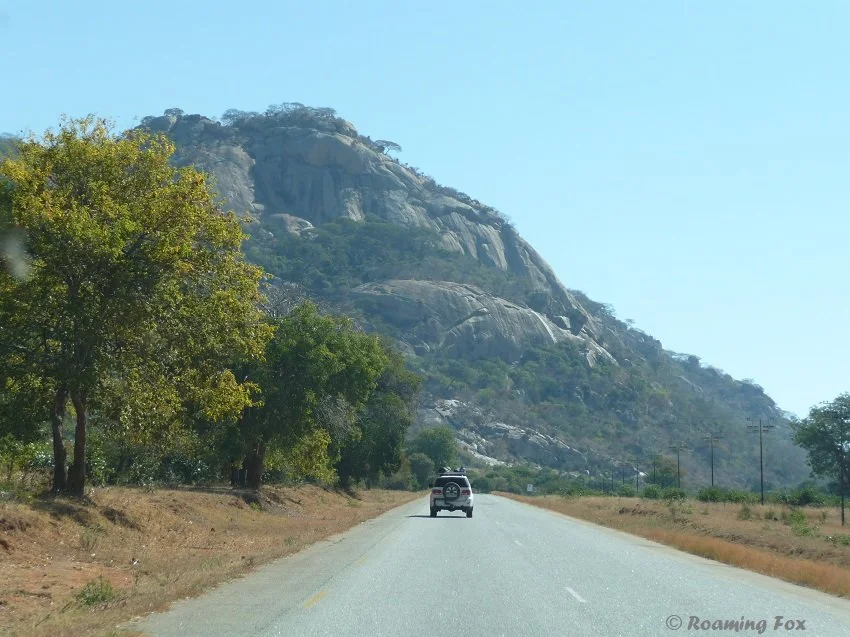


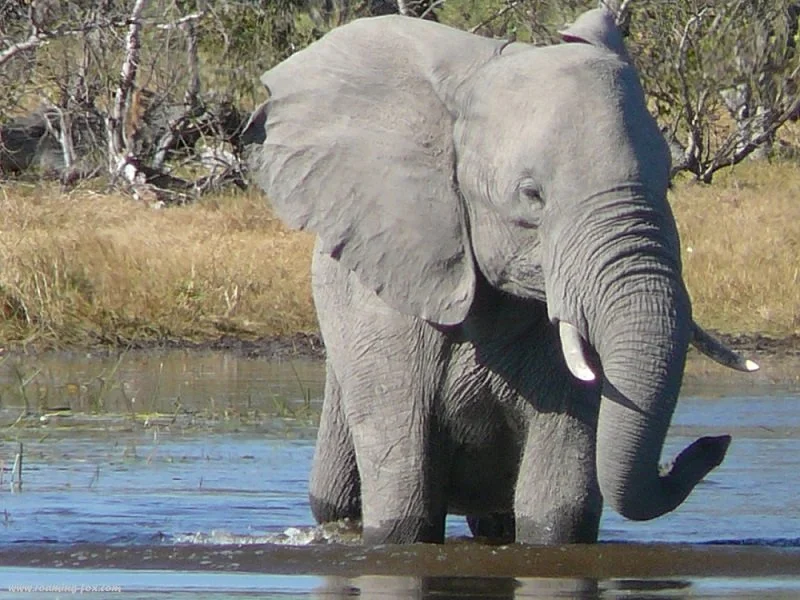
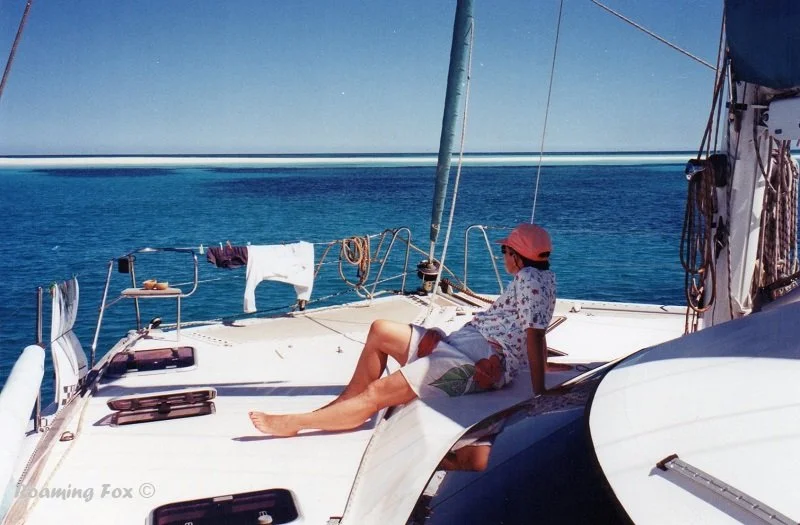



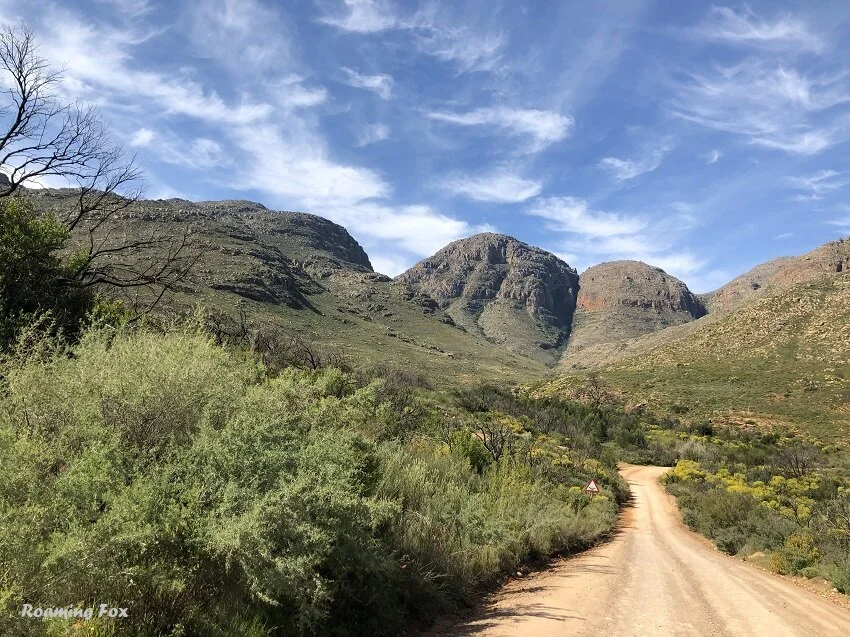




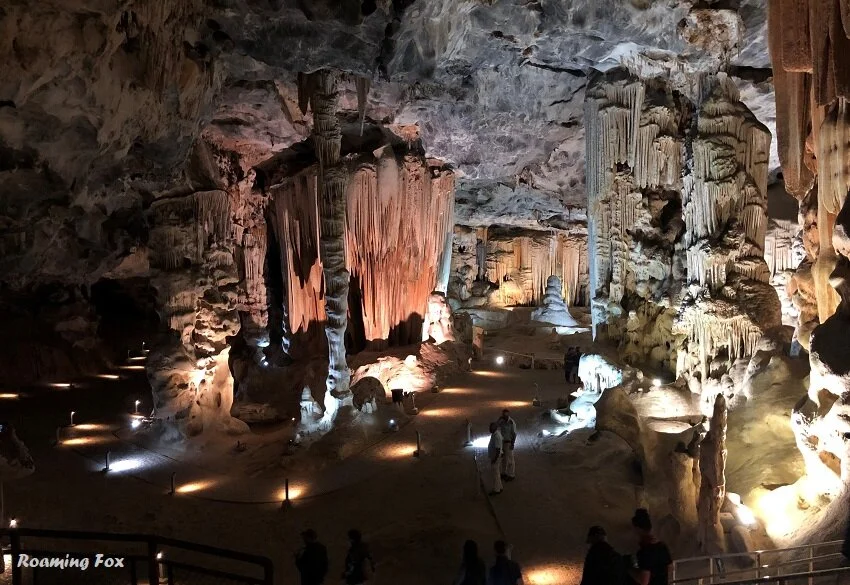

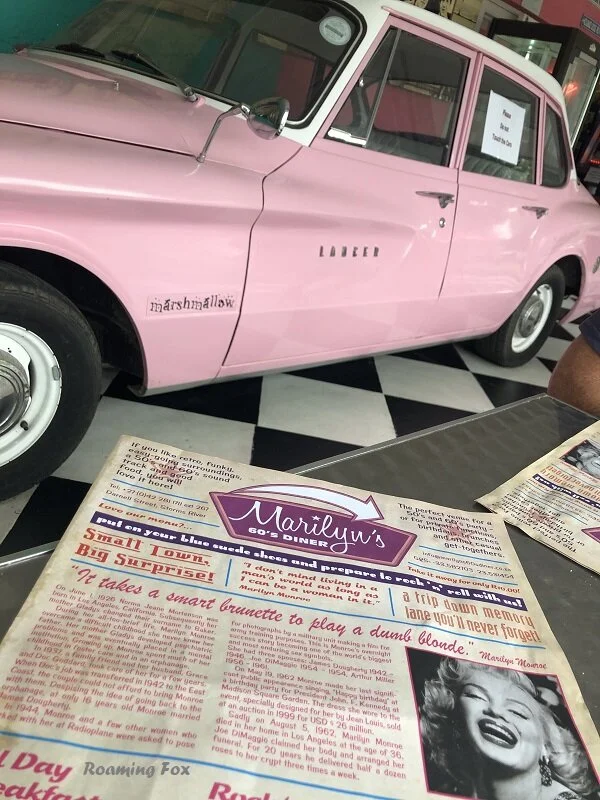
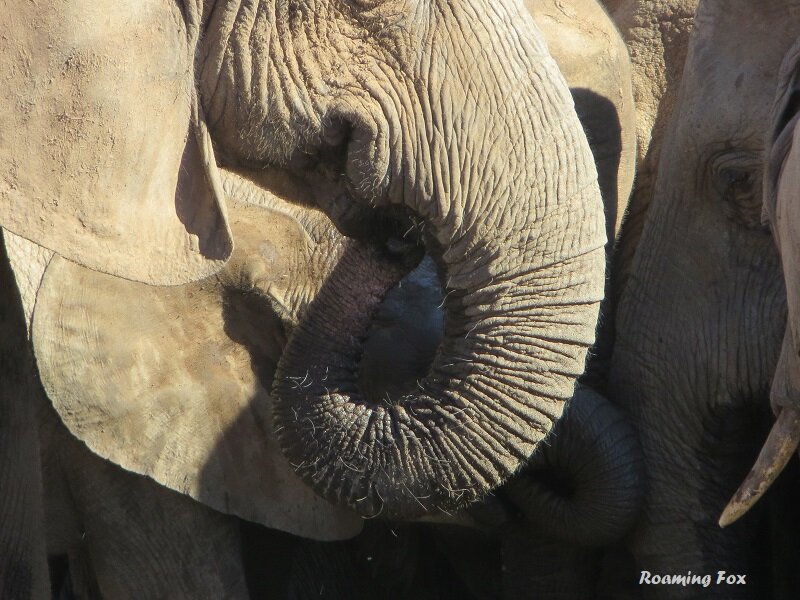

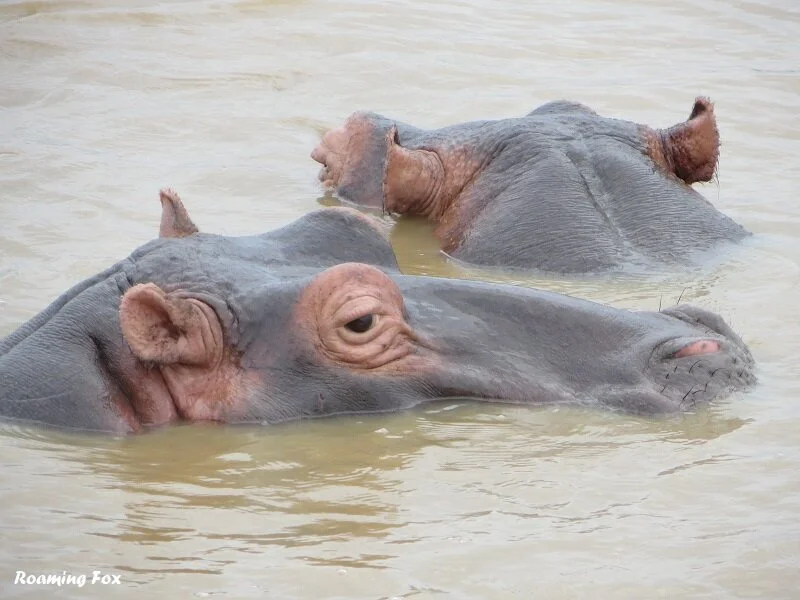
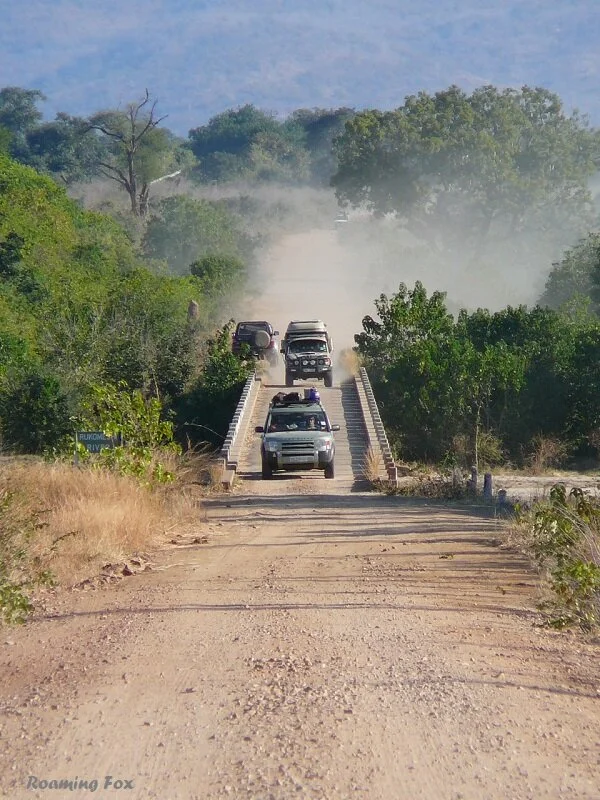

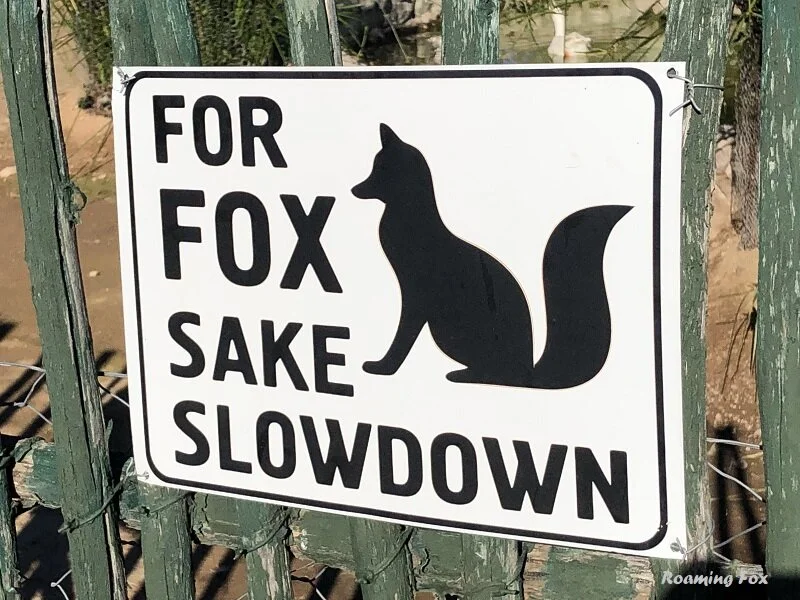

Looking for travel inspiration when you visit the land down under? Or are you wanting an insight into some of the Australian culture? Think of Australia and you think of beaches, barbies and beers, right? A relaxed lifestyle thrown in with no worries. There’s that but there is more.